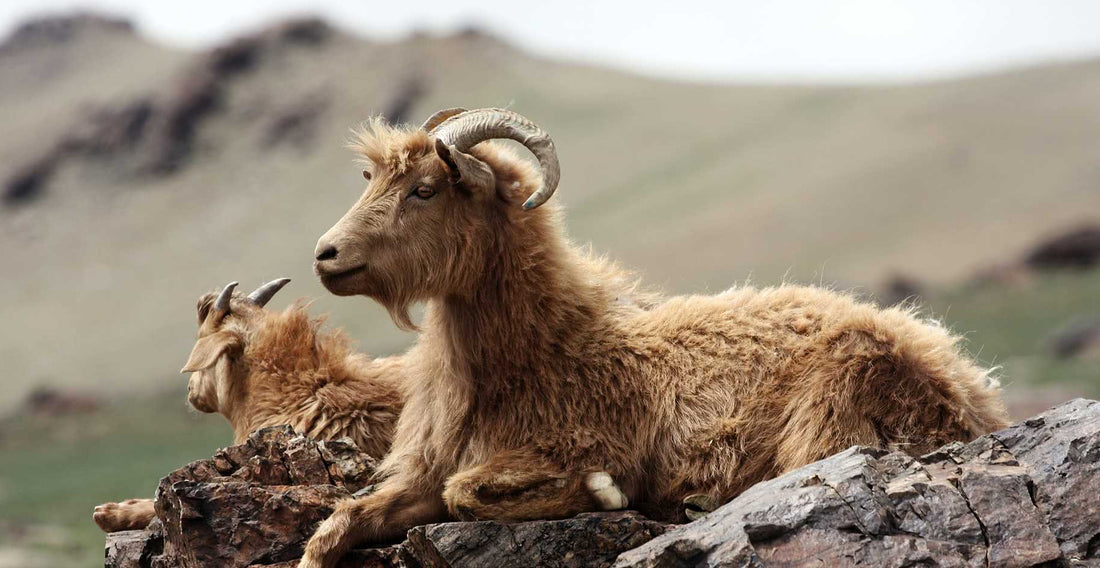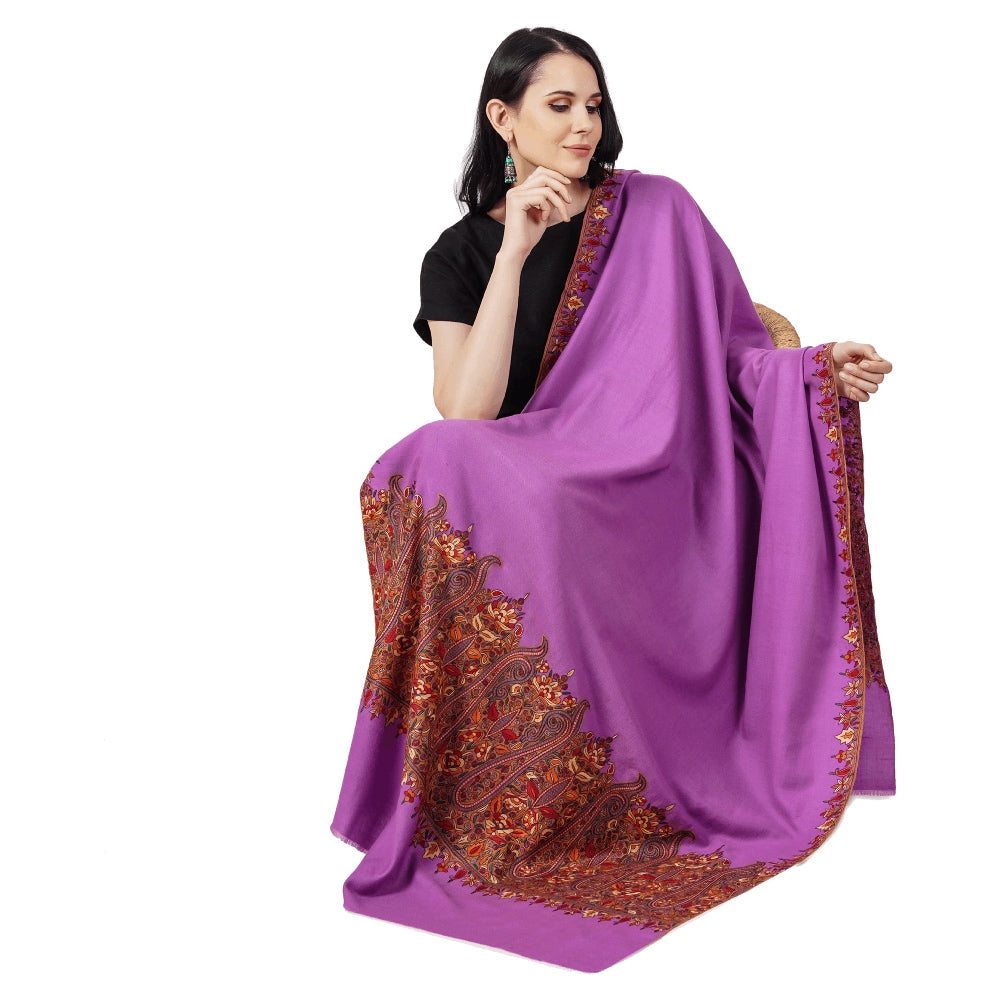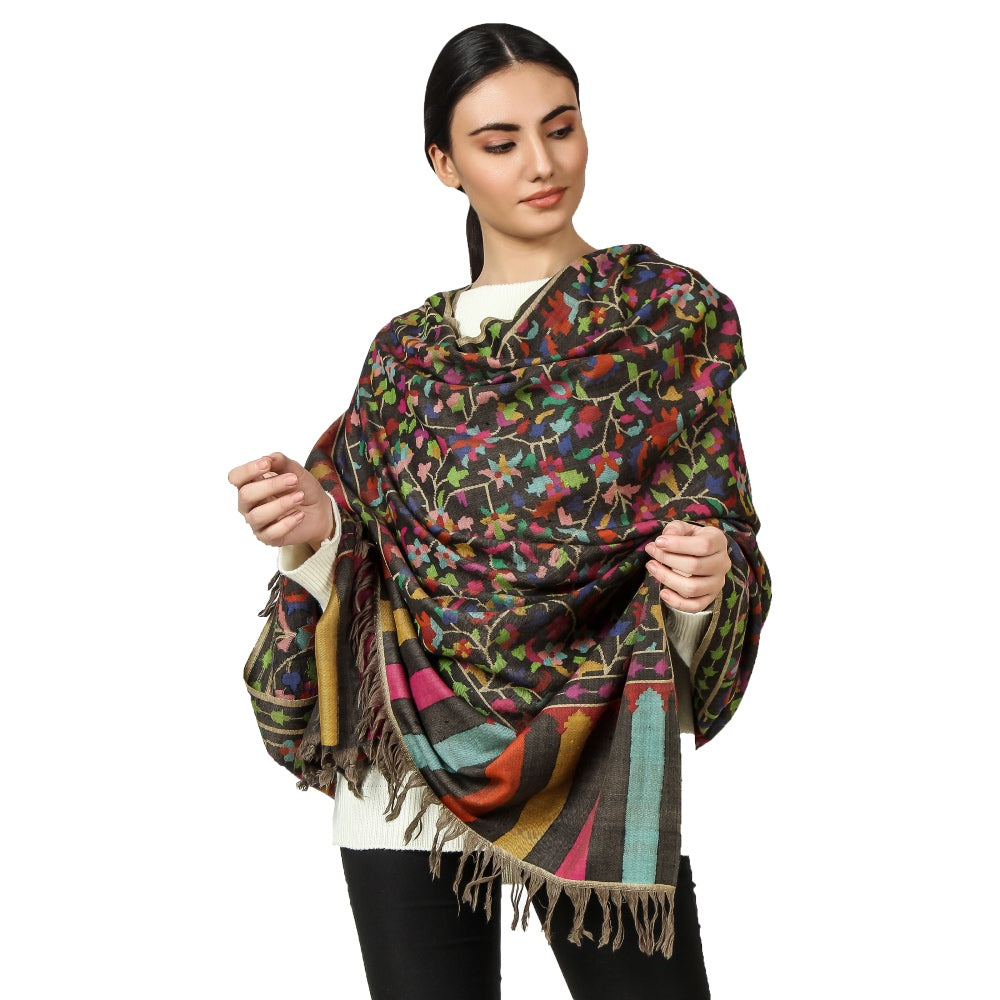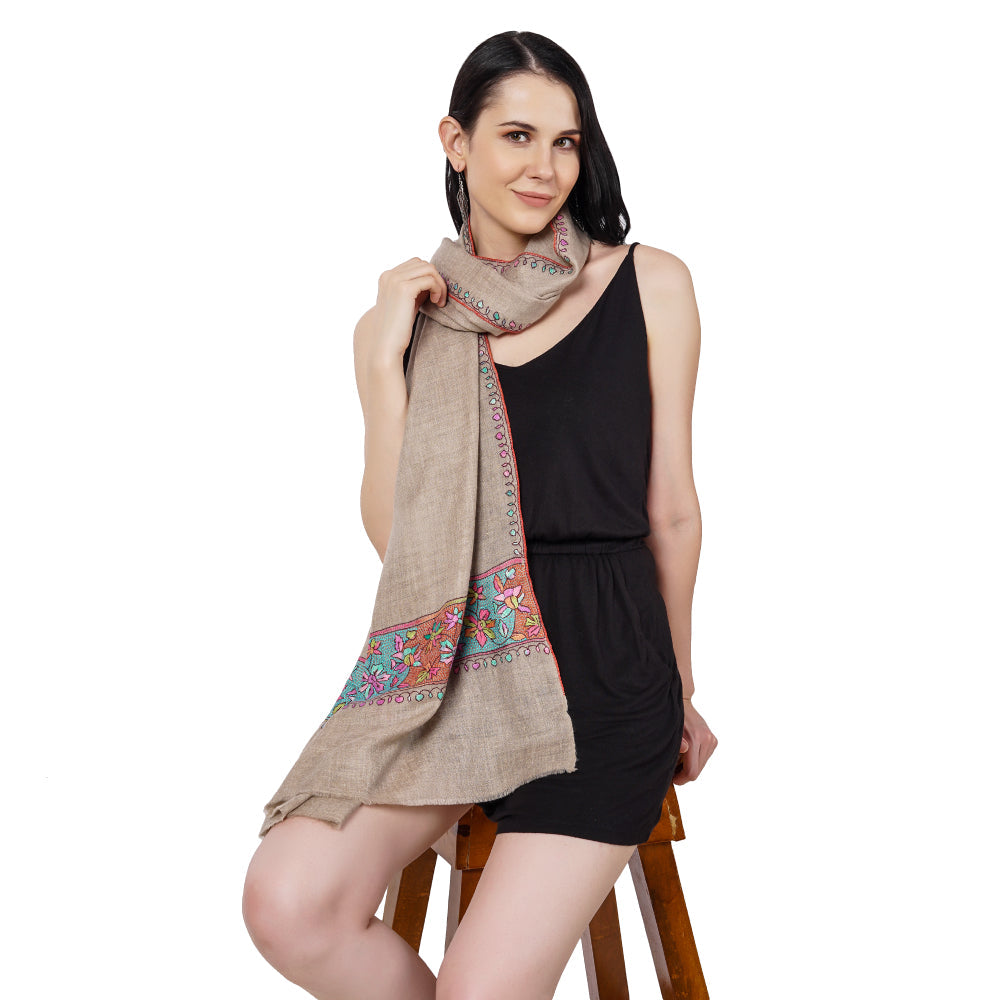
Do goats die for Cashmere?
Share
Cashmere is a highly sought-after luxury material that is popular in the fashion industry due to its soft texture, warmth, and durability. However, there are growing concerns about the animal cruelty and unethical practices involved in the cashmere industry. Cashmere is obtained from the soft undercoat of cashmere goats, which are primarily bred in Ladakh, China, Mongolia, and Iran. The goats are typically combed or sheared in the spring to collect the soft fibers, but some farmers resort to the highly controversial practice of "live plucking" to obtain the finest cashmere fibers. This involves pulling out the fibers by hand from the live goats, which can cause extreme pain and distress. Additionally, the overbreeding and harsh conditions in which the goats are kept can lead to health issues and even premature death. In this article, we will explore the question of whether goats die for cashmere and examine the animal welfare concerns surrounding the cashmere industry. We will also discuss sustainable and ethical alternatives for consumers who want to make informed choices.

Also read: Which goat breed produces Pashmina
What is cashmere?

Cashmere is a luxurious and highly prized natural fiber that is obtained from the soft undercoat of cashmere goats. It is known for its remarkable softness, warmth, and durability, and is highly sought after in the fashion industry. Cashmere fibers are extremely fine and thin, with a diameter of around 14-19 microns, which is much finer than human hair. These fibers have excellent insulating properties, making cashmere garments lightweight yet warm. The soft texture and beautiful drape of cashmere make it a favorite among fashion designers and consumers alike. To obtain cashmere, the goats are usually combed or sheared in the spring, when they naturally shed their soft undercoat. However, some unethical farmers resort to live plucking, which causes immense pain and distress to the animals. Cashmere is often compared with other animal fibers, such as wool and alpaca, but it is considered to be superior due to its softness, warmth, and lightweight nature. While other fibers may have similar properties, cashmere is highly valued for its quality and rarity, as well as its association with luxury and sophistication.
Also read: Which is the most expensive Cashmere
Animal welfare concerns in the cashmere industry

The cashmere industry has come under scrutiny in recent years due to concerns about animal welfare and ethical practices. While some farmers practice ethical and sustainable methods of cashmere production, others resort to cruel and harmful practices to increase their profits. One of the most significant concerns is the practice of "live plucking," which involves pulling out the fine cashmere fibers from the goats' skin by hand, causing extreme pain and distress. In addition, goats are often kept in overcrowded and unsanitary conditions, which can lead to diseases and infections. The overbreeding of goats to meet the demand for cashmere can also lead to health issues and shorter lifespans. Statistics show that up to 50% of cashmere goats in some areas do not survive to the age of one, with many dying from exposure, malnutrition, and disease. These conditions have led to ethical concerns and criticisms from animal welfare organizations, as well as consumers who are increasingly conscious of the impact of their purchasing decisions. The cashmere industry has been called upon to improve its practices and adopt more ethical and sustainable methods of production, such as using only shearing, improving living conditions for the goats, and reducing the number of goats bred for cashmere.
Sustainability and ethical alternatives

Consumers who are concerned about the animal welfare and environmental impact of the cashmere industry can choose from a variety of sustainable and ethical alternatives. One option is to look for cashmere products that are certified by organizations such as the Responsible Wool Standard, which ensures that the animals are treated humanely and that sustainable farming practices are used. For those who prefer vegan or plant-based options, there are a variety of synthetic and plant-based fibers that mimic the properties of cashmere, such as bamboo, soy, or Tencel. These materials are often produced using sustainable and eco-friendly methods, making them a great choice for consumers who want to make more ethical and environmentally conscious choices. Ultimately, choosing sustainable and ethical alternatives can help to reduce the demand for cruel and unsustainable cashmere production, while still enjoying the softness, warmth, and luxury of high-quality fibers.
Conclusion
In conclusion, the cashmere industry has both positive and negative aspects, with its luxurious softness and warmth contrasted by concerns over animal welfare and sustainability. While cashmere is a highly prized natural fiber, the industry's practices can be harmful and unethical, leading to the suffering of goats and environmental degradation. As consumers, it is important to be aware of these issues and to make informed choices when purchasing cashmere products. By choosing sustainable and ethical alternatives, we can help to reduce the demand for cruel and unsustainable cashmere production, while still enjoying high-quality fibers that are produced in an environmentally conscious and ethical manner. Ultimately, ethical consumerism can play a vital role in creating a more sustainable and just world, where the welfare of animals and the environment is prioritized alongside luxury and comfort. Therefore, we urge consumers to take action and make informed choices about the products they buy, and to support companies and organizations that prioritize sustainability, animal welfare, and ethical practices.




